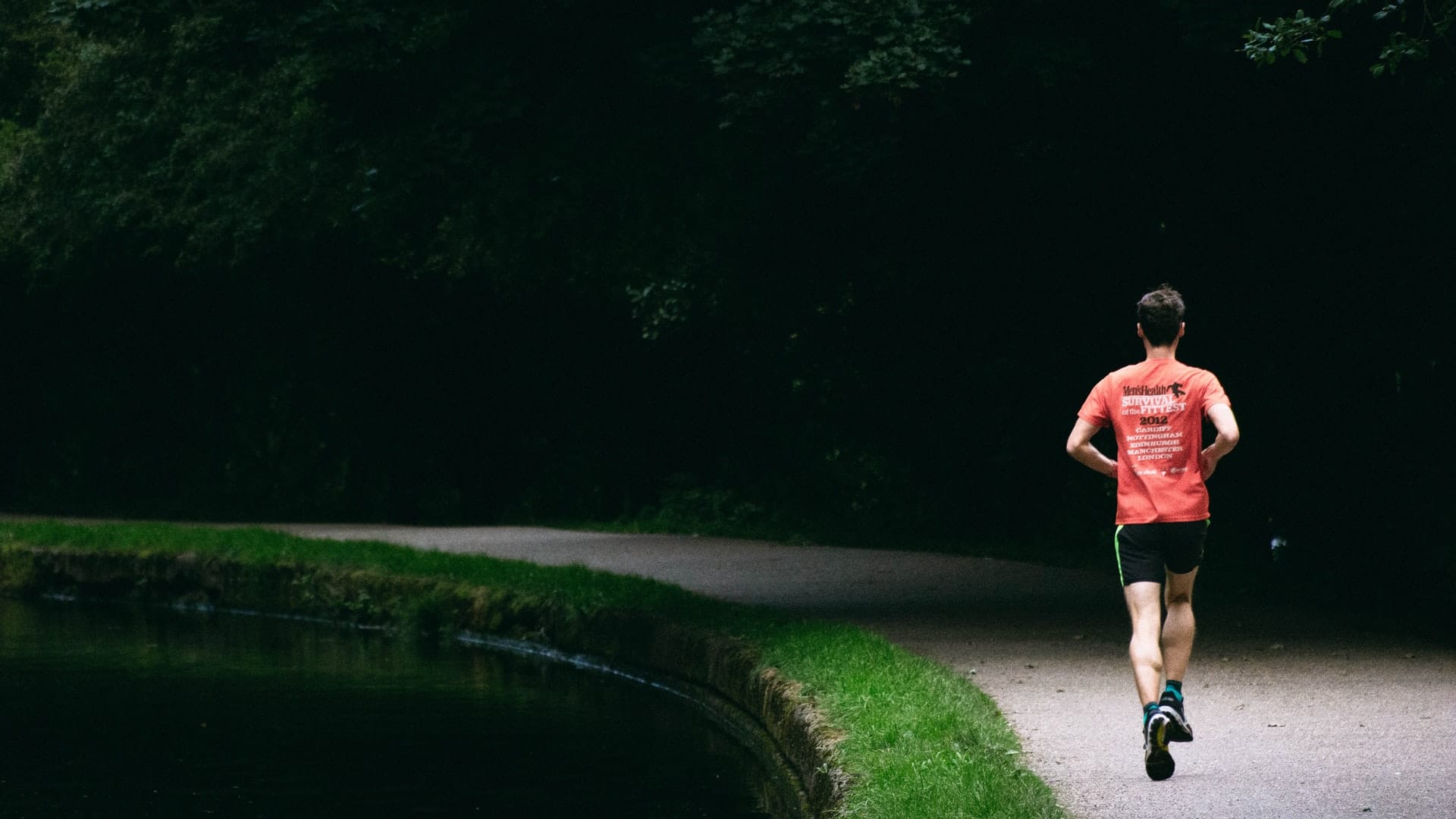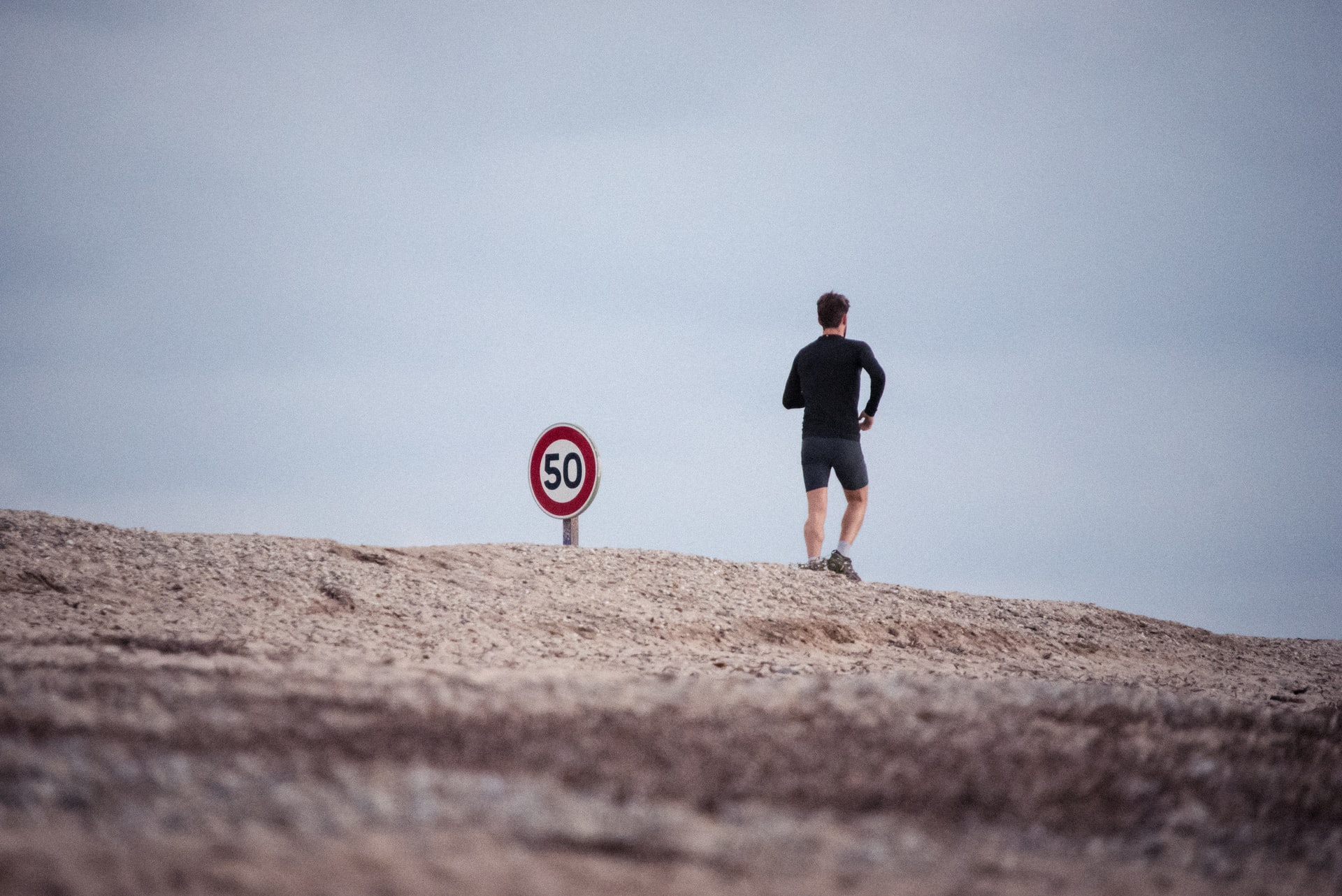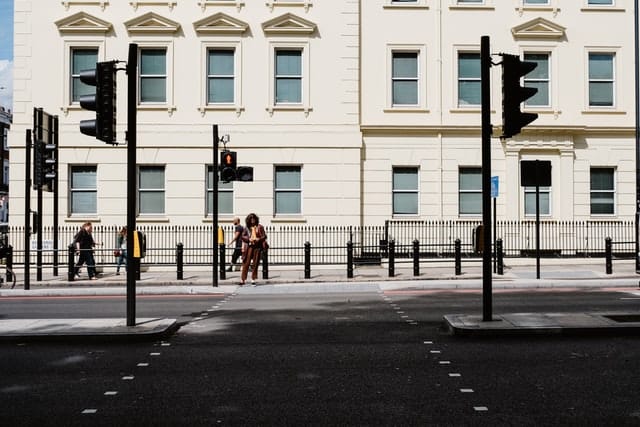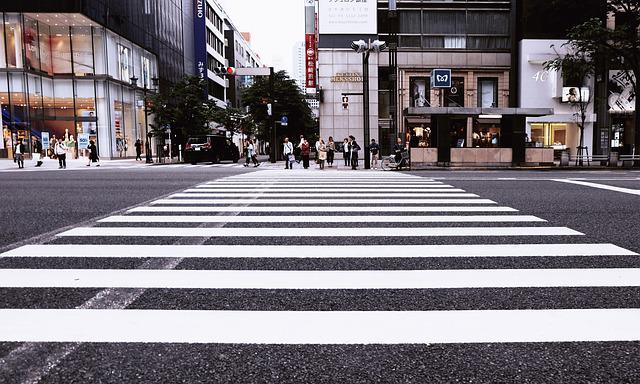
Contents
The world obesity levels are at their highest, and we can’t see them dropping any time soon. The work-from-home routine means most of us stick around our lounge sofa throughout the day and although it may be pleasing to spend the time in our comfort zone, the health impacts aren’t as good.
The biggest reason for obesity is a destructive lifestyle; since machines took over our menial tasks, the manual work left for humans has shrunk over time, and we don’t have enough reasons to exert our physical strength in everyday life.
The lack of activity means our body doesn’t utilize most of the nutrients it takes, and they are stored in it as fats. Although saturated fats may be helpful for the body, most of our intake primarily revolves around unsaturated fats, which hinder our day-to-day performance, and leads us to obesity.
Obese people are at a higher risk of harmful diseases such as heart failure and cancer type II; their lifestyle develops high blood pressure, increased heart rate, and diabetes over time. A long life demands that you take care of your body and cherish it with the right set of exercises.
Running is a simple cure to obesity.
Running is the first option that comes to mind; it is undoubtedly a great way to enter a healthy lifestyle. Despite its simplicity, the workout is highly efficient in burning calories and toning your muscles. A study shows an 80 kg male can burn up to an average of 17 calories per minute during a 30-minute workout session.
Two of these daily sessions can create excellent results independently, and you won’t have to shell out for a personal trainer or expensive diet plans. All you need is a good pair of jogging shoes and an iPod if it is of course that you’re more motivated by music as with me. (other downloadable music player options are available 😉
Barriers-to-entry in Running
Nonetheless, we can’t think of running as completely obstacle-free; a runner has to decide on a location to jog. Some of them may choose to go for a treadmill, which is an excellent alternative to outdoor running. It will prevent your ankles and joints from injuries and allow you to work out for extended intervals.
You won’t have to worry about external weather interference either and can work out anytime. However, treadmills may be an expensive choice for some buyers. An average electric treadmill costs about £750, and it may incur additional costs in delivery and repairs further down the road (see what I’ve done here).
Therefore, for some, buying a treadmill might not be an option.
And so if outdoor running is the only option left; honestly, outdoor running isn’t a bad experience, and in fact, some runners may actually enjoy running outdoors more than running on a treadmill.
Outdoor sessions do have the potential to offer the following: hearing the birds chirping, seeing that early morning rise, that refreshing grass smell, and beautiful views to boot.
Are you planning to start outdoor running? Well, then this blog is for you. We shall take you through the possible problems you may encounter while running through an underground walkway or pedestrian crossing and how you can avoid them. Let’s go!



Problems during the Pedestrian crossing
Running outdoors has its cons. Runners may have to run on busy pedestrian walkways, usually filled with slow walkers. Most walkers are kind enough to allow you to run past them, but some may take it as an offence. or simply be unaware of your presence.
It isn’t rare to come across grumpy or oblivious walkers who seem to be out and about with their sole mission of ‘getting in your way’. Similarly, you may have to come across some pedestrian crossings where you’ll be forced to take a break or wait till the cars stop for you.
Cars won’t slow
Most roads in the UK have pretty wide pavements, and you can comfortably run on them during less busy hours. Those that don’t tend to be in more remote locations therefore with less traffic. However, you need to be extra careful at pedestrian crossings. Sometimes, drivers entering the road after a turn may fail to see a runner crossing the street, leading to an accident.
Drivers can easily be taken by surprise to see a runner on the crossing, and a slow reaction to breaking may result in an accident. The situation gets even more dangerous during the nighttime; many runners still don’t put on reflective armbands during their jogs; hence, it can often be difficult for drivers to see a runner passing by. We’ll discuss some solutions to the problem in the next section.
Lack of special signal for pedestrians
Most busy streets in the UK have modern traffic lights, which often contain an indication for walkers. They are placed right with conventional signals to pre-warn drivers about the crossings…and as we all know, they include instructions for walkers; when it turns green, the walker can use the crossing, and they have to wait if the light is red (anyone remember the green cross code man? Didn’t he also play Darth Vadar btw)
Similarly, roads with bus and cycle lanes may not follow the traffic signals, and these vehicles may move in opposite directions to the approaching traffic. If you don’t live in an area with plenty of pedestrian signals, life can be tricky as a runner, but you don’t need to worry as there are easy tips to help you out.
4 Easy Solutions To Improve Your Experience
Use safe pedestrian crossing nearby.
The simplest way to avoid any unwanted situation is to ensure safety beforehand. You should plan your training route to include the safest crossing around your local area. If you have a school nearby, it would indeed have a school crossing patrol monitoring the nearby crossing.
Pelican Crossing
You should also train in a location with pelican crossings- these are signal-controlled crossings where pedestrians can control traffic flow by pressing the button. The red light indicates a no-walking zone, and you should wait on the side until the light turns green. Pelican crossings are widely popular in the UK and various states around the US.
Zebra crossing
However, some areas still use the conventional zebra crossings- similar to general crossings, but the yellow-bulb pole indicates when to walk. The cars are supposed to stop when they see a walker at the crossing point. However, you should still keep your senses vigilant and avoid getting distracted by any nearby attractions. If the road is slippery, wait until the car has come to a halt, as brakes may not function perfectly on rainy days.
Equestrian crossing
While they are extremely rare in most parts of the UK today, they are still prevalent in the countryside. Equestrian crossings are made for horse-drawn vehicles or horse riders. These crossings are relatively wide and contain pavement barriers. The crossing is between two signals; when both signals turn red, it is the time for horse riders to cross the road. Usually, the lapse for equestrian crossing is shorter than for other types of crossings.



Don’t have any expectations.
The biggest reason for most on-road accidents is expectations. Even in cases of vehicles on a U-turn, the turning driver would expect the other traffic to slow down for them to cross, while the other driver expects the turning vehicle to wait until the car has crossed.
“A graveyard is full of people who had the right of way!”
In a battle of expectations, both drivers can end up on the losing side, and they end up spending more time looking after car repairs and legal proceedings than need if only they’d slowed down.
Similarly, general walkers have similar expectations while crossing the road. They expect the car to slow down after the driver sees them walking, while the driver may rightly think that roads are for cars and pavements are for pedestrians.
Either way, the end result is often not good.
The simple rule while walking on the road is to have no expectations from the oncoming traffic; you should keep your safety at the highest level, and trying to get ahead by a matter of what is often seconds don’t really make a difference.
You won’t have to face the problem at a crossing point especially if it’s controlled by a warden, but in general cases, it is crucial to be vigilant. You should only cross the road once you have made an eye-contact with the driver, ensuring they have seen you. Also, there must be a safe gap before you even begin to think about starting walking.
Adapt to a change
Sometimes, you can’t control the external factors; therefore, it is essential to figure out elements in your control. For instance, the evening is a busy hour in most locations; you are expected to come across numerous walkers at each pedestrian walkway; similarly, there will be more traffic than usual, so you would have to wait a little longer before crossing the road.
The solution is simple; you can start working out in the morning after dawn. Most shops and offices are closed during the period, so there won’t be any traffic from customers or employees. Similarly, most walkers are either sleeping or preparing for their offices; hence, you won’t have to come across any slow walker interrupting your rhythm.
It will also help you cherish your mood through the early morning breeze and set the right beginning for the day. Similarly, you may come across some fitness geeks in your area and together, you can push each other towards their goals.
Likewise, we can eliminate all possible problems by changing our location to a public park. The USA is amongst the top 10% of countries with the best park-to-population density; hence, it is easy to find a park in your local area.
Most parks have a track for runners, which can be the best way to work out without worrying about traffic. Parks also provide an opportunity to breathe fresh air, which helps improve your body processes and mental health.
Conclusion
We have finally reached the end of the blog, and I hope it helped you understand the best way to pass a crossing without getting in a dangerous situation. In the current scenario, workouts are a vital part of staying healthy.
We need to start paying heed to a healthy lifestyle, and it’s the only way to prevent diseases and enjoy every moment of our precious life.
Haste is never a good option; you should always close the road while walking; it will also give you a much-needed break that shall help you workout for a more extended period. Traffic accidents can be deadly, and you should take the necessary precautions to avoid them.
Always maintain a safe gap from the passing vehicle; if there is a slight chance of error, don’t take the risk.
FAQs
What is the highway code?
A highway code is a set of regulations created by the UK’s government for pedestrians using the highway. The rules are designed to ensure all parties’ safety and smoothen traffic flow. It has a detailed set of 35 rules for pedestrians using the highway.
It suggests that the crosser should stand on a pavement; if it isn’t available, they should stand close to the curb. It also advises the users not to walk diagonally or cross the road with traffic turning.
How can I avoid roadside injuries?
The best way to prevent roadside injuries is to be cautious at every step. You should have your proper safety gear, which can protect you in case of an accident. If the road has poor lighting, you should use reflective lights or a torch to ensure your visibility to the traffic.
You should also locate safe crossings in your neighborhood; the warden shall help you cross the road without risking an accident. However, the best alternative is to find a park for regular exercise. Parks have numerous advantages over roadside running; they can end any dangers of possible injuries, and you can work out with mental peace.